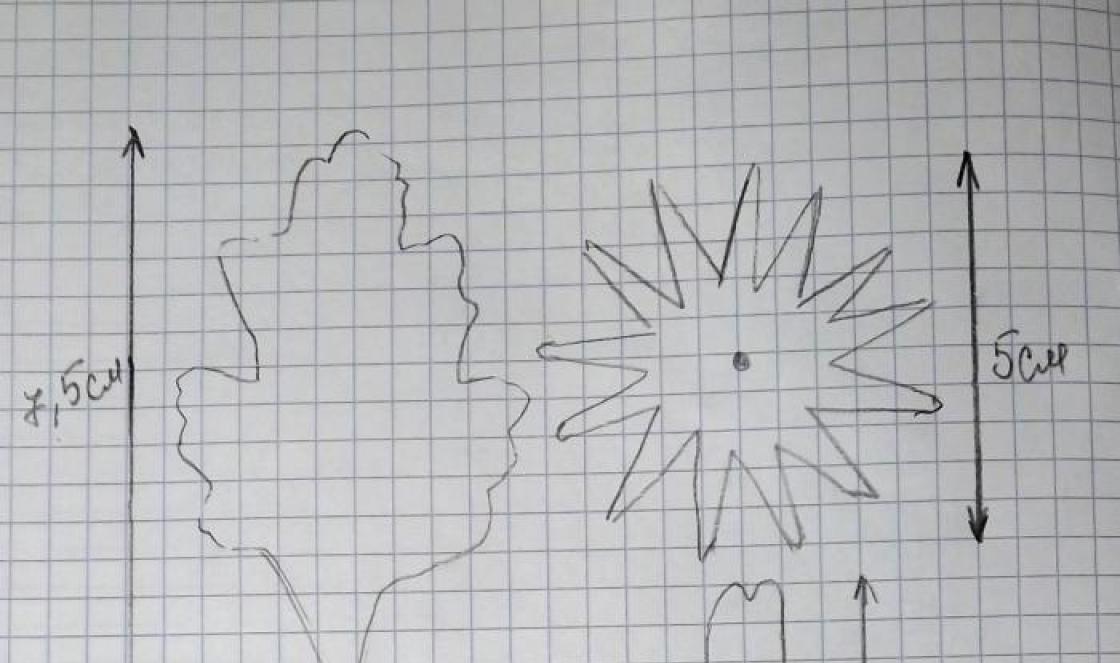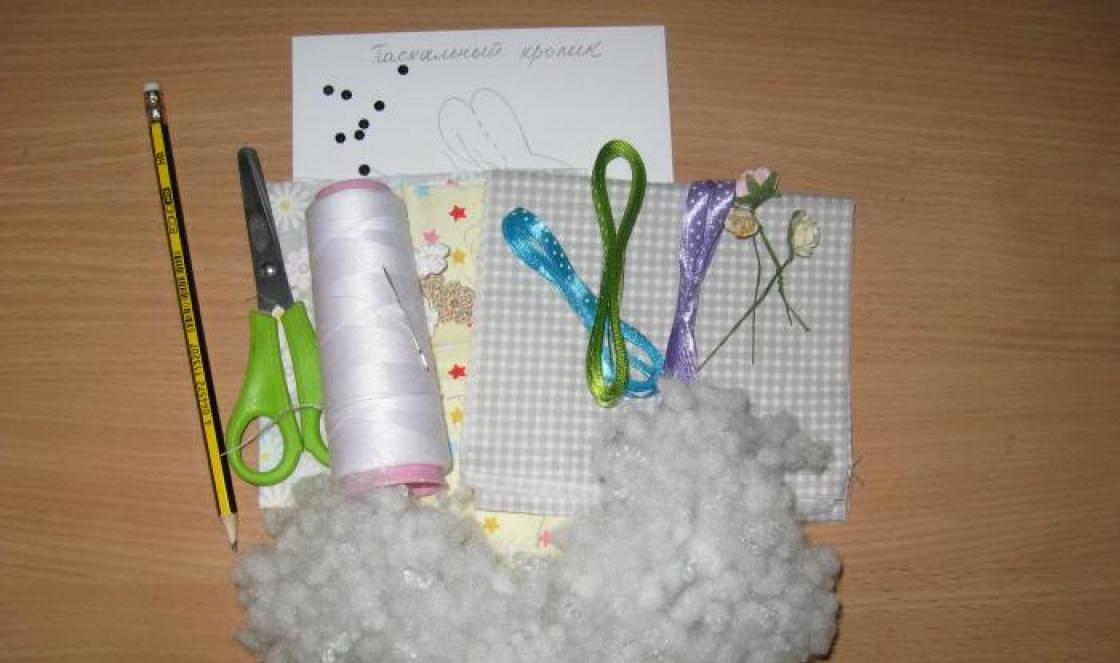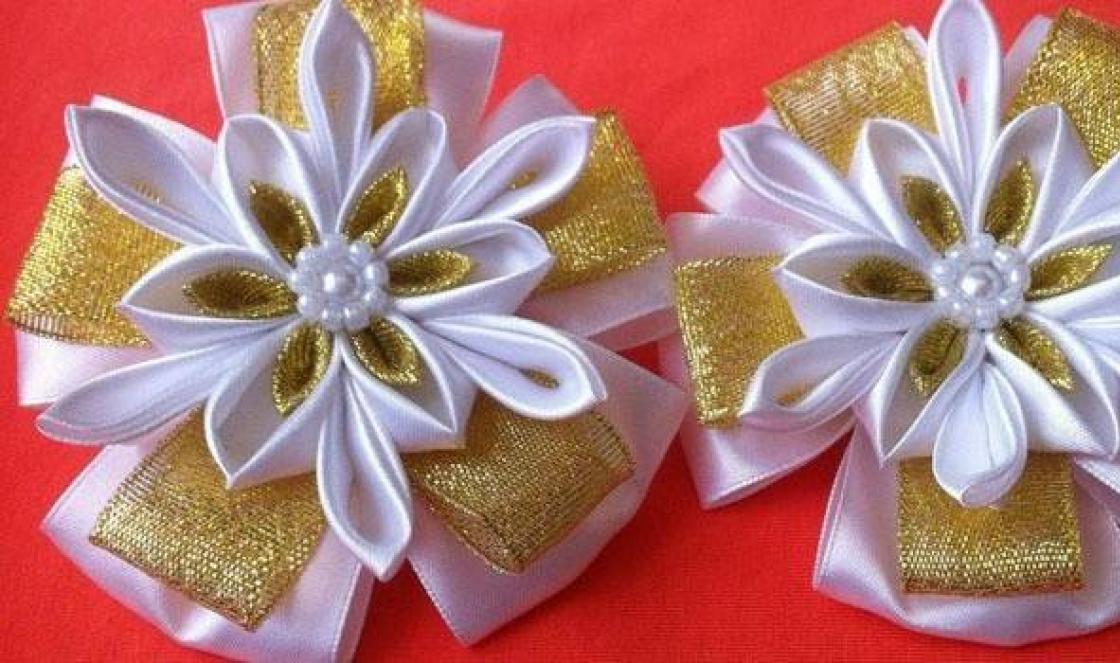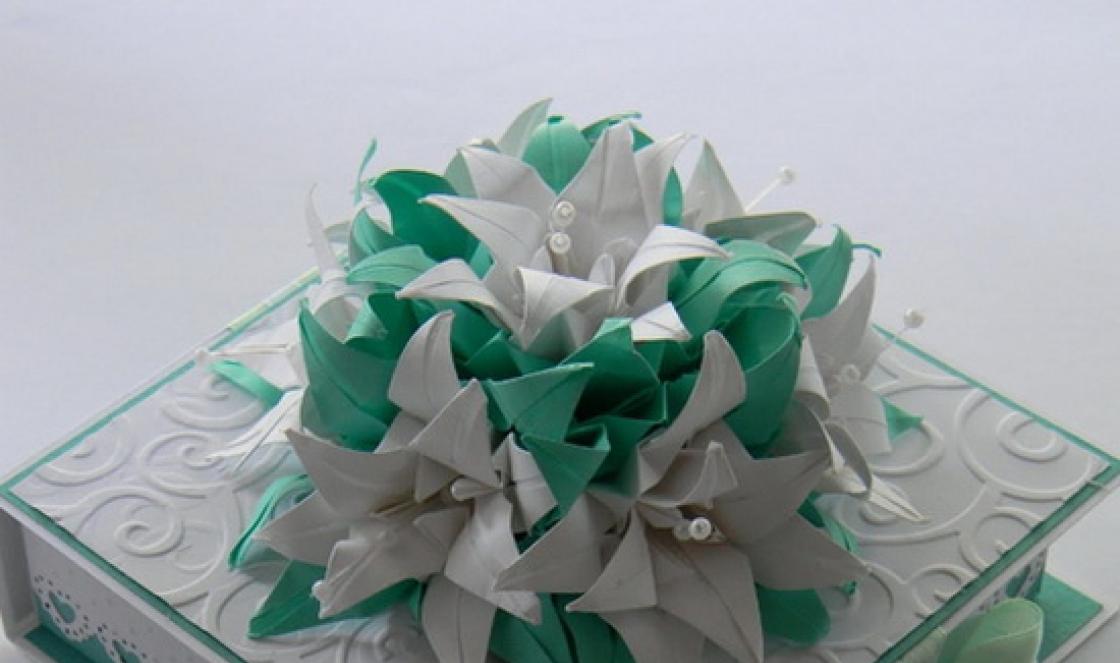Modern medicine makes small sutures with minimal trauma. There are vertical and horizontal seams. After rehabilitation, the transverse suture looks aesthetically pleasing. The only problem is when the skin is prone to forming keloid scars.
To make the suture heal faster after a cesarean section, take air baths twice a day.
In the first days, painkillers are used to relieve pain, which are injected intramuscularly. Antibiotics are also prescribed. This prevents the development of inflammatory processes after suture application. While you are in the hospital, your stitches will be cleaned and a bandage applied every day.
How quickly the suture heals depends on home care. After scarring, shower with soap and water. However, you should not rub the seam with a washcloth or subject it to other mechanical stress. To avoid them, also wear a post-operative bandage. Its task is to fix the seam. It will help restore tone to the abdominal muscles, prevent the stitches from coming apart and reduce pain.
Do not scratch the scar. Itching indicates that the wound is healing.
To prevent the seam from coming apart, do not lift heavy objects, avoid physical activity, prevent constipation. However, get up and walk around more often. To heal the stitch faster, add foods with vitamin E to your diet and eat more protein.
The first months the seam is red with a bluish tint. After some time it will turn pale and decrease in size.
Suture after cesarean section: complications
A longitudinal or vertical suture takes two months to heal, a transverse one – one and a half months. A vertical scar softens after a year and a half, while a horizontal scar softens a little faster. However, the woman feels slight nagging pain for a year.
Be alert if you notice the following symptoms:
- severe bleeding;
- pus;
- unpleasant odor;
- constant pain;
- swelling of the scar;
- severe redness;
- increase in temperature;
- a purple lump is a fistula.
Similar symptoms are possible even when the threads are removed or dissolved. This means that the damaged tissue has become inflamed, so consult a doctor immediately.
Sometimes a child is born through caesarean section. This can be caused by many medical factors, ranging from malpresentation crumbs, and ending with various pathologies in female body. A caesarean section is essentially an abdominal operation, so after it the new mother needs time to recover. In addition, it leaves a seam on the body. Let's find out on this page "Popular about health" what the difference is between a suture after a second cesarean section and how to treat it at home.
Since a caesarean section is a full-fledged operation, in any case, a stitch remains after it. There are several techniques for performing such an intervention, so the location of the scar may vary. If doctors carry out emergency surgery, for example, in case of bleeding or acute hypoxia of the fetus, an incision is made along the anterior wall of the peritoneum - from the navel to the pubis. The seam after such an intervention looks rather unattractive - it is very noticeable and often becomes thick.
If a caesarean section is planned operation, doctors prefer to perform the so-called Pfannenstiel laparotomy. In this situation, a transverse arcuate incision is made directly in the fold of skin above the pubis. At the same time, doctors penetrate the uterus, bypassing abdominal cavity. Therefore, the suture after such a surgical intervention does not strain, and over time it becomes almost invisible. And if doctors make a so-called cosmetic suture, then it looks as thin as a thread.
What is the difference between stitches for a first and second caesarean section??
In fact, there is no fundamental difference between them. After all, doctors in any case perform a second operation on the existing suture, excising it. It is believed that such manipulation is a little more complex and therefore takes more time. In addition, a repeated suture may take a little longer to heal and cause longer postoperative pain.
It is believed that the suture after the second caesarean section takes a little longer to form, so it requires constant monitoring and care. In addition, the likelihood of the formation of adhesions and other complications increases.
How and with what to treat a suture after a caesarean section at home?
In the maternity hospital, doctors and nurses take care of the suture, they treat it, change bandages that protect this area from contamination and help healing. After five to eight days, doctors remove the stitches. Further care is carried out at home.
Of course, in the first time after surgery, the suture will cause discomfort and even quite noticeable pain. However, doctors strongly recommend to the expectant mother systematically empty the bladder and bowels. You also need to stick to a diet - to eliminate. To relieve unpleasant symptoms, you can wear postpartum bandage– it will reduce the load on the seam, which will help you feel better.
To care for a suture, doctors strongly recommend washing your hands thoroughly after each visit to the toilet and during other similar actions. Hygiene will help prevent aggressive microorganisms from entering the seam.
Under no circumstances should you lift heavy objects; it is best to postpone all heavy housework for later or delegate it to loved ones. Of course, you should not make sudden movements and strain your abdominal muscles.
As for caring for the baby, it is better to first involve the new dad and other relatives in it. At night, you can put the baby next to you so as not to get up to him at the first squeak. And there is no need to worry - after a couple of weeks, the mother will be able to carry out all her maternal duties herself, because the seam will form during this time.
When taking a shower, you should rinse the seam using a gel. intimate hygiene. After this procedure, you should wipe it dry using a disposable paper towel.
In addition, after taking a shower, it would be a good idea to treat the seam with disinfectants, which are represented by a weak solution of potassium permanganate or chlorhexidine. You cannot rub or press it. It is worth periodically giving him air baths.
Until the seam is completely healed, you should wear only cotton and fairly loose underwear - this will help prevent chafing of the seam.
What troubles can there be associated with a suture after the first or second caesarean section??
Most girls who have undergone a cesarean section are faced with the problem of a lack of sensitivity in the suture area, with numbness, tingling or itching. This situation is explained by damage to the nerve endings, and their recovery takes time. Sensitivity will definitely return, but a little later.
Sometimes colloidal tissues begin to grow at the site of the scar, and their appearance is completely independent of the particularities of caring for the suture. To reduce the likelihood of such unsightly scarring, a couple of weeks after surgery, you can lubricate the suture with special regenerating gels once a day.
In some cases, more serious problems with the seam may arise - non-healing, weeping or even separation. So, if you see liquid coming out of the seam, it is best to consult a doctor. Doctors can prescribe local application antiseptic ointments, washing and other procedures for home implementation. They will help avoid infection and speed up healing.
- this is an extensive abdominal surgery, in which the abdominal tissue is dissected using transverse or longitudinal incisions. A transverse incision in the lower abdomen is the most common technique; it is performed for planned or emergency intervention, when there is no threat to the life of the mother and child.
A longitudinal incision along the midline is a convenient and quick manipulation, which is usually performed during emergency intervention in the event of massive bleeding or placental abruption in the mother.
After a caesarean section, all abdominal tissues are compared with each other and the wound is sutured layer by layer. The uterus is sutured using suture material synthetic absorbable threads. The peritoneum, muscles of the anterior abdominal wall, and subcutaneous fat are sutured with semi-synthetic absorbable sutures or regular catgut is used.
The skin is usually sutured with non-absorbable silk or nylon threads; they are much stronger, and higher demands are placed on the mechanical strength of the seam on the skin. Skin sutures made from such threads are removed on the 7th day, before discharge from the hospital.
The surgeon can also apply a skin suture using absorbable threads. Such sutures cannot be removed; over time they dissolve on their own.
Longitudinal sutures take about 2 months to heal and most often become unsightly from an aesthetic point of view. Sutures after a transverse incision heal in about 6 weeks. In this case, the suture material passes intradermally, leaving virtually no traces, and the suture after healing has the appearance of a thin, neat line.
The process of treating a suture after a caesarean section
Postoperative sutures on the skin (regardless of the suture material) are treated daily by medical staff antiseptic solutions, for which alcohol, an alcohol solution of brilliant green or iodine is used. A sterile sealed bandage is placed on top, which allows the wound to be protected from infection. Pharmacy self-adhesive bandages are very convenient.
After discharge from the maternity hospital, the suture continues to be processed at home until complete healing. If the bandage still sticks to the skin, it is soaked with hydrogen peroxide and then removed, after which the seam is treated with alcohol and then a solution of brilliant green. For the first few days after discharge, a sterile bandage can be applied to the stitch to prevent infection.
The seam is treated after hygiene procedures. While in the shower (it is not recommended to take a shower on the first day after removing the stitches), the seam is thoroughly washed with soap and water, without pressing or using hard sponges. During the first week you should not use a sponge at all; just wash the seam with your hand and blot it with a sterile cloth after a shower. Then, if the seam is not oozing, you can use a soft sponge.
After 7-10 days, the stitch can be stitched with an oil solution of vitamin E or Solcoseryl ointment. This activates skin regeneration and reduces nagging pain in the suture area.
Accelerate the resorption of formed postoperative scars Contractubex, Dermatix or Zeraderm ointments help. The greatest effect from their use is achieved if you start lubricating the suture already 3 weeks after the operation.
A caesarean section is a rather complex abdominal operation in which the skin, muscles, peritoneum and uterus are cut in order to remove the child. Caesarean section is performed if there is a risk possible consequences at natural childbirth exceeds the risk of this operation. Caesarean section can be either planned or urgent (urgent), but it is performed strictly according to indications.
Techniques for cutting abdominal tissue
During a caesarean section, several techniques are used to cut the abdominal tissue. The choice of one or another technique always depends on the situation that has become an indication for this operation.
So, during a planned caesarean section, the skin incision is most often made horizontally, and during an emergency - vertically (from the navel down). In some cases, surgeons make a transverse incision, but this is extremely rare.
How is a wound sutured?
The wound is sutured in layers. The uterus is sutured with absorbable threads using a single or double-row suture. The muscles and peritoneum are sutured with catgut or semi-synthetic absorbable sutures. The skin is always sutured with non-absorbable threads, because they are much stronger.
How to treat a suture after a caesarean section?
Usually, sutures after a cesarean section are removed on the 7th day, that is, before discharge. During these seven days, the bandage on postoperative wound change daily, and the wound itself is treated with an antiseptic solution. Most often, a thick solution of manganese is used for this. This procedure is performed by nurses.
To prevent suture dehiscence after a cesarean section, you need to wear a special postoperative bandage. As for the wound, treatment of the suture after a cesarean section should be done even after discharge (at home). At home, the seam after a caesarean section should be smeared with brilliant green. This must be done until all the crusts fall off the seam.
The small scar that will remain at the incision site will lighten over time and become invisible.
What to do to avoid scarring?
Today there are many different drugs for resolving postoperative scars. For example, Zeraderm, Zerader-ultra, Dermatix, Contractubex. All these remedies should be used starting from the third week after surgery. At the same time, previous use of these drugs prevents the development of connective tissue. Therefore, before purchasing this or that ointment, it is best to consult a cosmetologist!
Now you know how to treat a suture after a cesarean section and what to smear it with so that there is no scar. And let your tummy be the most beautiful!
Well, when choosing an online store of office supplies, pay attention to http://dreamoffice.com.ua/. Excellent assortment at reasonable prices!





